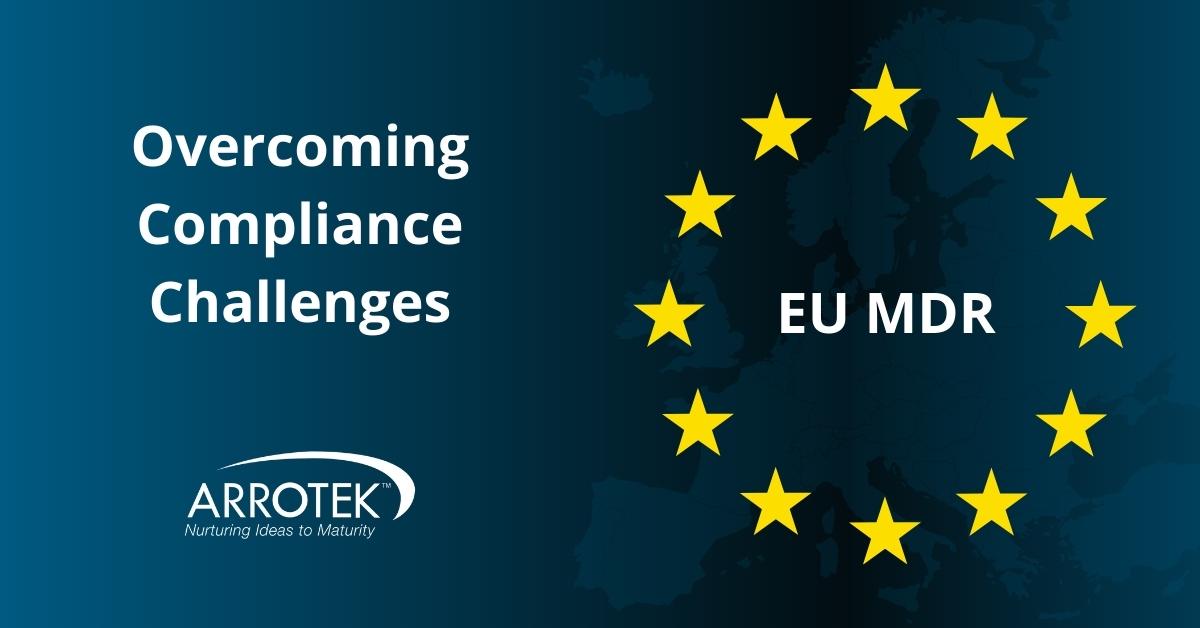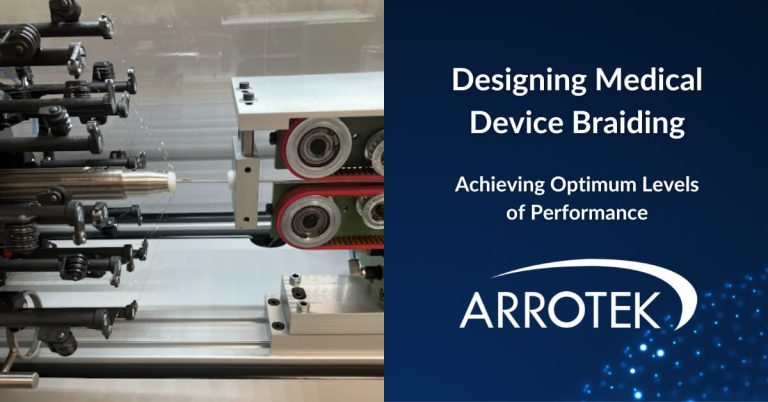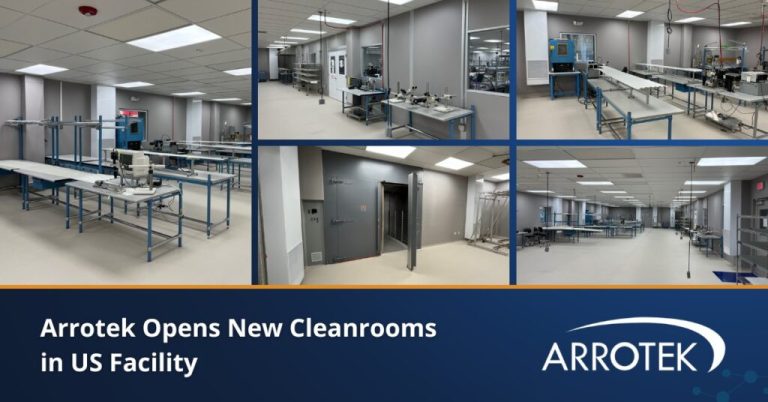It is now over a year since the new EU Medical Device Regulation (MDR) came into effect. Whether you are an early-stage start-up, a company further advanced in your start-up journey, or an established medical device company, what are the current realities of EU MDR compliance?
The fact is, there are challenges that will impact just about every medical device company operating or planning to operate in the EU.
Before we get into those challenges, though, a quick recap of where we are.
Fast-Approaching Deadlines
All new medical devices seeking approval for the European market must now go through the EU MDR process. So, if you are developing an innovative new product, your compliance route in Europe is through MDR.
However, the new regulatory framework also applies to medical devices that were approved under the old Medical Device Directive (MDD) regime. In other words, all the medical devices that are currently being sold and used in the EU must go through the approval process again, this time according to EU MDR.
The deadline for transitioning to MDR certification is May 2024.
Where We Are Today
Without going over the history of the implementation process for EU MDR, it has been a bumpy road, not least because of the impact of the Covid 19 pandemic at a critical point in the timeline.
The most important thing to do now is to look forward. Unfortunately, the situation is nowhere near as positive as it could – or should – be, as there are multiple challenges facing medical device companies. This includes challenges both for those with products already in the EU market and those looking to gain regulatory approval for new devices over the next two years.
In this blog, we’re going to bring clarity to the main challenges to ensure you are fully aware of the position as it currently stands. We’ll also provide advice on how you can overcome the challenges.
This blog is also the first in a series of blogs on EU MDR that we will be publishing over the coming months to help you navigate through the rapidly evolving regulatory landscape in Europe as the new regulations bed in.
Challenge 1: Devices Already in the Market Must be Resubmitted for EU MDR Approval
All regulatory approvals issued under the old MDD regulatory framework will become invalid in less than two years, so all medical devices currently sold and used in the EU need to be resubmitted for approval.
Challenge 2: Compliance with MDD Doesn’t Guarantee Compliance Under EU MDR
Just because you have existing approval for your product doesn’t mean you will get approval under MDR. The new regulations are stricter and more complex in a range of areas. Your device might also come under a different classification which will also impact the approval process.
Challenge 3: The Length of Time it Takes to Apply for and Obtain Approval
According to recent research, it is taking up to 18 months to obtain regulatory approval under the new MDR. That is about twice as long as previously. This point should not be understated given the fast-approaching deadline for MDR compliance.
What about the reasons for the delays? The newness of the process is having an impact, as is the increased complexity in parts of the new regulations. The next two points are also having an impact on application timelines.
Challenge 4: Lack of Notified Bodies (NBs) Compared to Anticipated Requirements
NBs are the organisations in the EU that assess regulatory applications and issue approvals. At the time of writing, there are 30 NBs that medical device companies across the EU can apply to.
While the list is growing as new NBs gain certification, the number is currently significantly lower than the number of NBs under the previous MDD regulations.
When you take into account the requirement for all devices to be resubmitted and the fact the process is new, we end up at Challenge 5 on our list…
Challenge 5: Anticipated Approval Bottlenecks
Research by MedTech Europe in April 2022 found that over 85 percent of the more than 500,000 medical devices certified under the old regime have yet to receive a new MDR certificate. The respondents to the survey represent between 60 and 70 percent of EU medical device market revenue, adding weight to the findings.
The research also found that a large percentage of companies are planning to reduce their portfolio of products in Europe. Even with those reductions, there is still a large number of existing products that must obtain MDR certification before the May 2024 deadline. This is in addition to new products seeking approval for the first time.
Add in the complexity of the process and the average time it is currently taking to obtain approval, and bottlenecks in the system are inevitable.
Given the seriousness of the situation (i.e., products potentially becoming unavailable because of regulatory bottlenecks – products that are right now saving the lives of patients in Europe), action could be taken by EU authorities. However, the picture we have at the moment is one of impending bottlenecks and certification delays.
Challenge 6: Ignoring the EU Market is Not an Option
The regulatory challenges that medical device companies now face in Europe are changing the industry. A survey exploring the future intentions of medical device companies found that a substantial majority were now going to prioritise obtaining US regulatory approval before getting approval in the EU. This represents a shift in attitudes as the perception in the industry prior to EU MDR was the European compliance process was smoother than in the US.
It doesn’t stop there, either, as nearly a quarter of the survey respondents indicated they would now start seeking regulatory approval in China and Japan ahead of the EU.
Even with these changes in priority, ignoring the EU is not an option when you look at the figures, as the medical device market in Europe is expected to be worth over USD $60 billion by 2025.
Overcoming the Current EU MDR Challenges
Act Now
The process for EU MDR compliance will differ depending on whether you have existing medical devices in the market or are currently developing a new product. Compliance will also depend on the type of product and how it is now classified under EU MDR.
Good starting points if you have existing devices that need MDR certification include:
- Reviewing all technical documents
- Reassessing your clinical data
- Reviewing your quality management system
- Establishing post-market surveillance
The most important advice, however, whatever your situation, is to act now. This particularly applies if you are an SME, as any further delay could have a serious impact on your operations.
Get Expert Advice
It is also important to get expert advice and support as you go through the EU MDR regulatory process. Again, this is especially important if you are an SME, so you have limited in-house compliance resources.
At Arrotek, we have been assessing, evaluating, and seeking to understand the new EU MDR since its inception. We also have direct experience of the new regulatory process.
A good first step is to sign up to our Medical Device Knowledge Hub to stay up to date on best practices and tips for EU MDR compliance. You can also speak directly to one of our regulatory experts. Complete the form below and we’ll get back to you.





